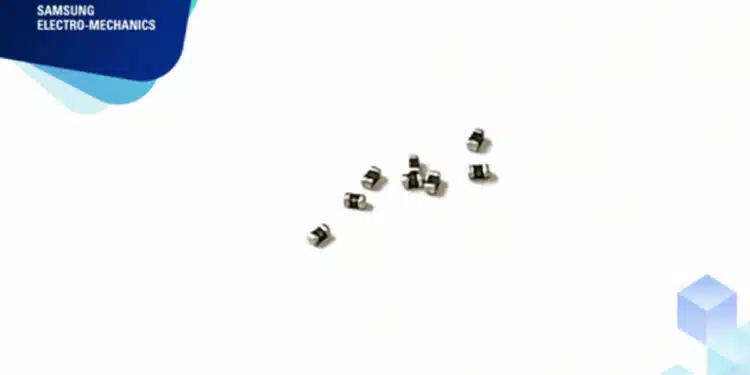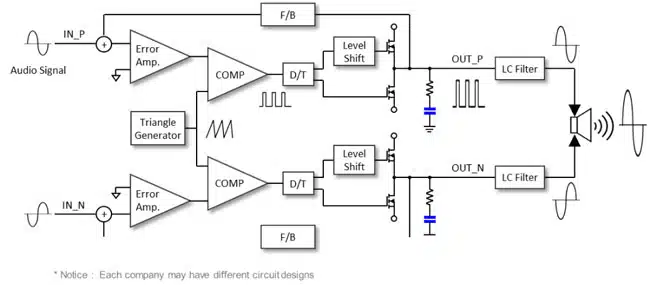Samsung Electro-Mechanics has developed and commenced mass production of three new MLCC capacitors, including the CL03C221JB31PN#, which features a size of 0201 inch (0.6 × 0.3mm), a C0G (suitable for temperatures ranging from -55 to 125°C), and a rated voltage of 50V, providing capacitance values from 100 to 220 pF. These capacitors are ideal for applications such as automotive class D audio amplifiers.
Samples are also available upon request.
As the trends of high integration, high density, and miniaturization gain momentum in ADAS, IVI, communication modules (such as Wi-Fi, Bluetooth, 5G, and NADs), and SiP modules, there is a corresponding rise in the demand for smaller multilayer ceramic capacitors.
In response to this demand, Samsung Electro-Mechanics has utilized its proprietary techniques for micronizing ceramic and electrode materials, along with advanced precision stacking methods, to reduce the size of C0G capacitors from the conventional 0402 inch (1.0 × 0.5mm) to 0201 inch (0.6 × 0.3mm).
This innovation allows for capacitance values of up to 220 pF, thereby meeting the requirements for miniaturization and higher capacitance in relevant applications. Additionally, Samsung Electro-Mechanics plans to further expand its product range to include capacitors with values between 1 and 100 pF through ongoing development efforts.
Application Example: Automotive class D audio amplifier
The automotive eCall and infotainment systems incorporate Class D audio amplifiers, renowned for their exceptional performance, high efficiency, and compact design. Nevertheless, as these amplifiers amplify signals in a digital format, they are inherently prone to the generation of switching noise.
This application introduces Samsung Electro-Mechanics’ High-Precision C0G 0201 inch MLCC series, which is suitable for noise suppression purposes.
































